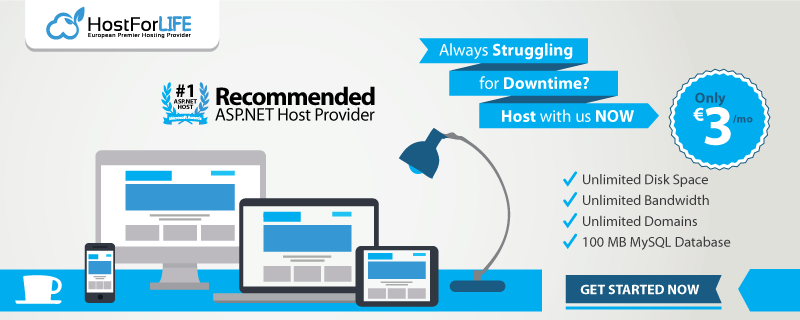Microsoft Blazor has emerged as one of the most fascinating technologies in the field of contemporary web development. Blazor makes it simpler for.NET developers to use the same language for front-end and back-end development by enabling them to create interactive web user interfaces (UIs) using C# rather than JavaScript.
Blazor has developed into a unified web user interface framework that supports server-side, client-side, and static rendering under one roof with ASP.NET Core 9 (2025).
Blazor: What is it?
Blazor is an ASP.NET Core-based web user interface framework.
It renders HTML using Razor components (.razor files), and you can handle logic directly in C#.
Earlier, Blazor came in two major forms:
| Blazor Type | Runs On | Description |
| Blazor Server |
Server |
UI updates handled over SignalR connection |
| Blazor WebAssembly (WASM) |
Browser |
Runs C# directly inside browser using WebAssembly |
Now, in 2025, Microsoft has merged these concepts into a unified Blazor model.
Evolution of Blazor (Timeline)
Each version improved performance, interactivity, and tooling.
Blazor 2025 brings them all together into a single powerful framework.
Unified Rendering Model in ASP.NET Core 9
In ASP.NET Core 9, Blazor offers three rendering modes within the same app:
| Mode | Description | Use Case |
| Static Rendering |
Pre-renders HTML on the server |
Best for SEO and fast initial load |
| Interactive Server |
UI interactions handled on server (SignalR) |
Ideal for intranet or internal tools |
| Interactive WebAssembly |
Runs C# in browser via WebAssembly |
Best for offline or client-heavy apps |
You can mix and match these modes per component.
Flowchart: Unified Blazor Rendering
┌────────────────────┐
│ Blazor Page │
└──────┬─────────────┘
│
┌─────────┴─────────┐
│ │
┌─────────────┐ ┌──────────────┐
│ Server Mode │ │ WebAssembly │
└─────────────┘ └──────────────┘
│ │
▼ ▼
SignalR Updates Browser Execution
│ │
└─────────► Unified Blazor UI ◄─────────┘
This makes Blazor extremely flexible for any type of web app — from dashboards to public portals.
Visual Representation (UI Diagram)
This structure lets developers use one shared C# codebase for everything.
Example: Hybrid Rendering in a Blazor Component
This example uses Interactive Server Mode — meaning data binding and events are managed from the server in real time.
Performance Improvements in 2025
- Streaming Rendering: HTML starts rendering even before backend finishes.
- Auto Prerendering: Faster initial load with deferred interactivity.
- Smaller WASM Payload: Reduced download size for Blazor WebAssembly apps.
- Enhanced Hot Reload: Changes apply instantly during development.
- Server + Client Sync: Same Razor components can render on both ends.
Integration with .NET MAUI and Hybrid Apps
Blazor 2025 fully integrates with .NET MAUI — so developers can build:
- Web apps
- Desktop apps (Windows, Mac)
- Mobile apps (Android, iOS)
all using the same Blazor components.
Blazor + Security Enhancements
ASP.NET Core 9 improves security integration:
- Built-in authentication/authorization with OpenID Connect
- Better CSRF protection
- Improved Identity scaffolding
- SignalR security for real-time Blazor Server apps
Why Blazor is the Future of .NET Web Development
| Benefits | Description |
| Single Language |
C# everywhere (client + server) |
| No JavaScript dependency |
Still supports interop when needed |
| High performance |
Optimized in .NET 9 runtime |
| Cross-platform |
Web, Desktop, Mobile |
| Modern development experience |
Hot reload, unified project templates |
Flow Summary Diagram
Conclusion
Blazor in ASP.NET Core 9 (2025) represents the next stage of .NET Web UI evolution. It unifies server, client, and hybrid rendering, offers high performance, and reduces complexity for developers. If you’re a .NET or C# developer, learning Blazor in 2025 is one of the smartest moves to stay future-ready. Pro Tip: Combine Blazor with SignalR, EF Core, and Azure to build modern, full-stack, real-time applications all powered by .NET 9.
European Best, cheap and reliable ASP.NET Core 10.0 hosting with instant activation. HostForLIFE.eu is #1 Recommended Windows and ASP.NET hosting in European Continent. With 99.99% Uptime Guaranteed of Relibility, Stability and Performace. HostForLIFE.eu security team is constantly monitoring the entire network for unusual behaviour. We deliver hosting solution including Shared hosting, Cloud hosting, Reseller hosting, Dedicated Servers, and IT as Service for companies of all size.
